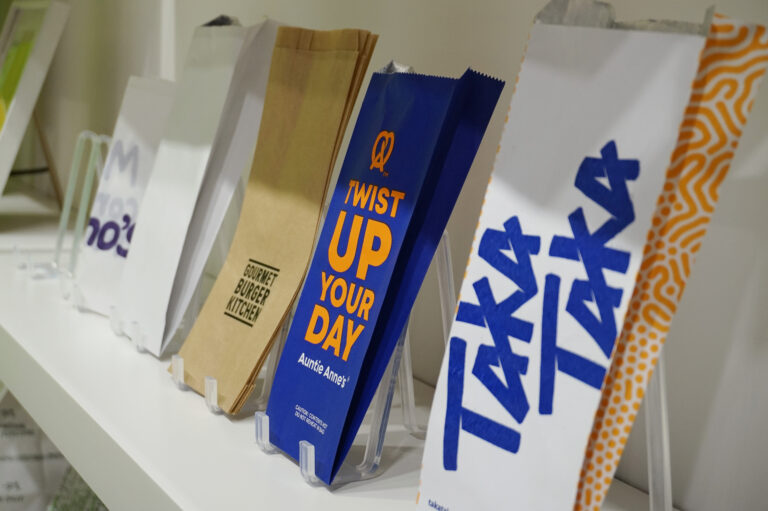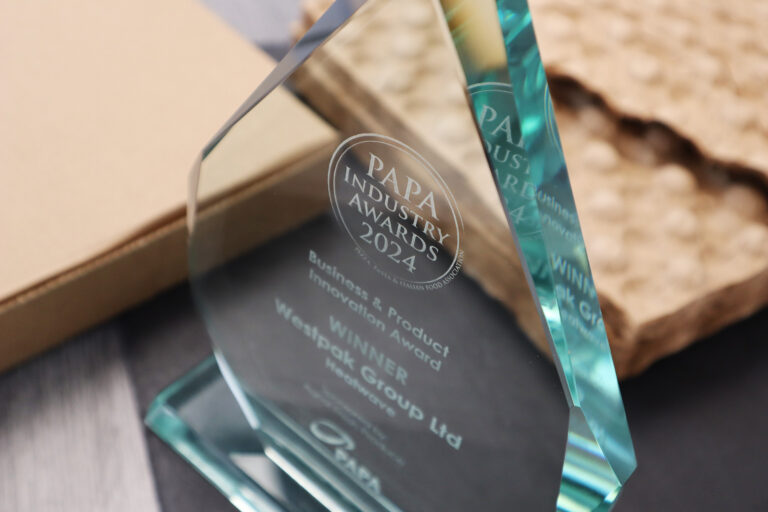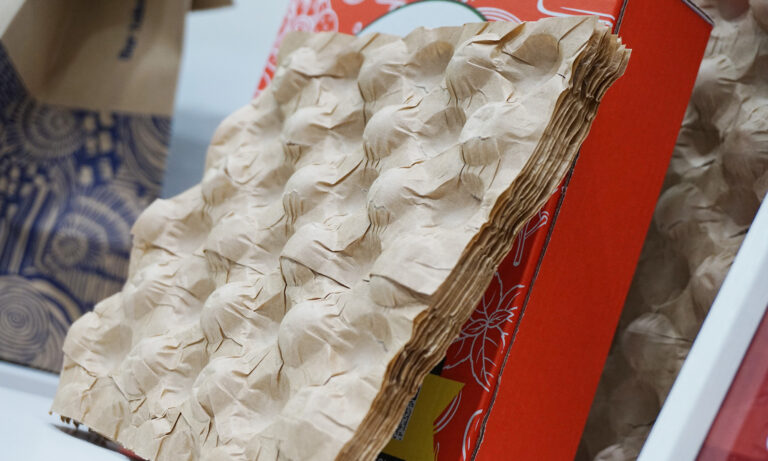It’s nearly a decade ago that the familiar ‘traffic light’ labelling system started appearing on supermarket items signalling key health metrics around calories, sugar, salt and fat content. Fast-forward to now, and a similar emphasis is emerging in the grocery industry around the signalling of environmental sustainability data for food items. This latest development does seem to be well-grounded in genuine consumer demand. In 2020, The Carbon Trust reported that as many as two-thirds of consumers believed ‘carbon labelling’ on products to be a good idea(1). Terms such as ‘Product Carbon Footprint’ (‘PCF’), for example, have become increasingly widespread amongst both retailers and consumers as a means to highlight the “total carbon emissions of a product over its life cycle”(2). However, this definition is the tip of the iceberg when it comes to the range of food sustainability metrics that can be incorporated into food packaging. The grocery industry is currently awash with numerous sustainability assessment frameworks and criteria for asserting a product’s environmental impact and many of these frameworks vary enormously in their complexity and visual representation.
Embracing complexity
There are a number of systems already in use that provide comprehensive explorations of the environmental impact of food products. The website pre-sustainability.com(3) provides a fantastic overview and breakdown of these systems. It highlights that current methodologies for assessing Product Carbon Footprints fall into two categories. The first are those that focus on on “single issue methodologies” (exclusively covering emissions related to climate change). (This includes methodologies such as ISO 14067, PAS 2050 and the GHG Protocol Product Standard). The second set of methodologies includes those that assess a wider range of environmental impact criteria, in addition to climate change. (This includes the Product Environmental Footprint (PEF), BP X30-323-0 and EN 15804). While these systems provide a pivotal level of detail in differentiating between purely emissions-based environmental impacts and wider environmental damage, the potential for widespread product labelling is no-doubt severely limited by the inherent complexity involved with such systems.
Simplified alternatives
However, alternative systems have been conceived with labelling and packaging considerations as one of their primary focal points. These greatly simplified systems seem to echo the simplicity of the ‘traffic light’ health metrics, with a focus on key environmental and sustainability data. ‘Foundation Earth'(4), for example, provides a boldly presented “Eco Impact” rating that can be printed clearly on food packaging. These ratings cover eight grades, ranging from ‘A+’ as the most sustainable to ‘G’, with colours that fade from green to red depending on the score achieved. Other providers such as ‘My Emissions’(5), offer a further simplified visualisation, with just five grades ranging from ‘A’ to ‘E’.
These providers offer a clear benefit in that the simplicity of their graphics and rating systems can easily be accommodated into food packaging designs and can easily grab the attention of consumers. There is arguably, however, an issue that with multiple frameworks providing differentiated systems and graphical representations of sustainability data, the system actually remains complex for consumers at the point-of-sale. For example, do the conventions of one framework carry over seamlessly into another? One platform my have ‘A+’ as their highest rating while another has ‘A’ as their highest. Additionally, by presenting complex means of environmental assessment into simple graphic designs, it could be argued that the complexities around environmental assessment have not directly been resolved but rather replaced with ambiguity or a lack of definition. For the casual consumer, does “eco impact”, for example, equate to the same measurement as “carbon rating”? Even more fundamental causes of confusion could arise for consumers such as whether the labelling applies to the food product itself, the packaging or indeed both. Such framework providers seem to offer greater clarification on their websites and other platforms but this means of clarification could be too involved for the quick decision making of consumers in a fast-paced retail environment. There could also be ambiguity, or even disagreement, between assessment frameworks and consumers over the thresholds used to determine what data can be assigned what sustainability rating. For example, how many grams of carbon dioxide should qualify as carrying a high or low sustainability rating? The ‘My Emissions’ platform states in relation to their threshold criteria, “The thresholds are based on a statistical analysis of all the 3000+ foods in the My Emissions database and were audited by external consultants W2R Solutions. We believe the thresholds for a carbon label should be set by the Government (just like nutritional thresholds), and are actively engaging with regulators about this(6)”. (‘Foundation Earth’ also offers more details on its methodology online[7]).
There are, however, a number of existing frameworks that could potentially be trying to balance simplified graphical data representation with a slightly deeper level of explanation. The Carbon Trust(8), for example, offers a range of certifications for labelling that explicitly state if they are in reference to the product’s packaging, the product as a whole, a reduced use of CO2, carbon neutrality etc. As another example, ‘Eaternity’(9), breaks its scoring into four key criteria – ‘Climate’ (grams of CO2), ‘Water’ (litres), ‘Animal Welfare’ and ‘Rainforest’. Each of these categories is assigned a score between one and three stars (with three being the highest rated).
Future developments
Clearly, the current conventions around food product sustainability labelling are broad and varied in approach. An interesting development will be if such labelling becomes compulsory for grocery retailers through Government legislation. In this case, the need for harmonisation around different means of assessment may effectively become fast-tracked out of necessity. Another key development will be how this trend carries over from the grocery industry into the foodservice and takeaway market. ‘Eaternity’ and ‘My Emissions’ do currently operate within the foodservice industry but it will be interesting to see how such approaches are adopted further across this market as this development progresses. Lastly, such environmental product labelling could have significant consequences for food packaging, both with regard to design and materials used. Where food packaging is taken into account for such environmental product assessments, it will not be sufficient for a packaging design to appear, or be presumed to be environmentally sound. Instead, it will need to prove its sustainability in quantifiable terms as part of the overall product.
(1) https://www.carbontrust.com/resources/product-carbon-footprint-labelling-consumer-research-2020
(2) https://www.planetly.com/articles/all-you-need-to-know-about-the-product-carbon-footprint
(3) https://pre-sustainability.com/
(4) https://www.foundation-earth.org/
(5) https://myemissions.green/
(6) https://myemissions.green/our-data/
(7) https://www.foundation-earth.org/frequently-asked-questions/
(8) https://www.carbontrust.com/what-we-do/assurance-and-certification/product-carbon-footprint-label
(9) https://eaternity.org/


